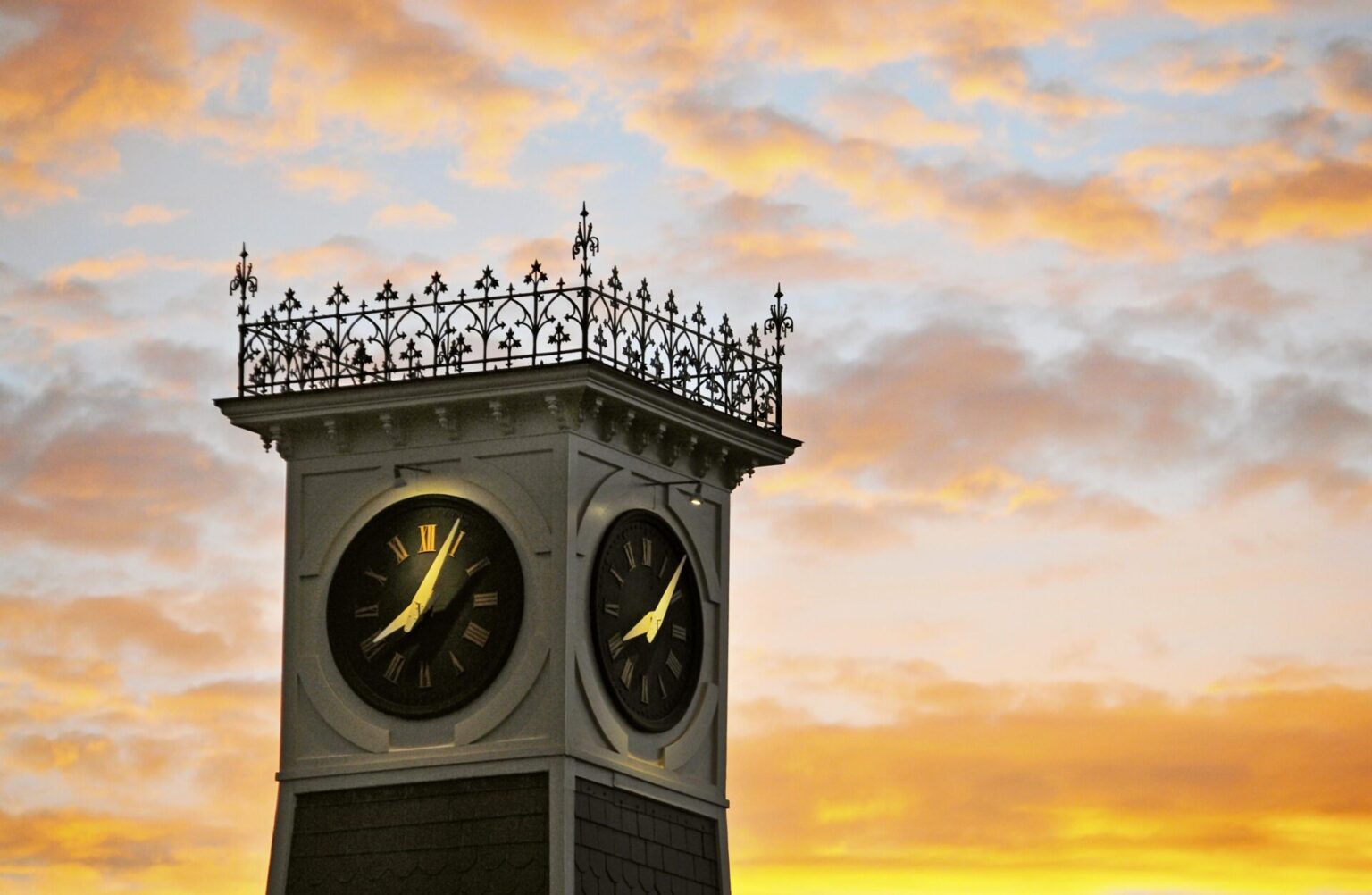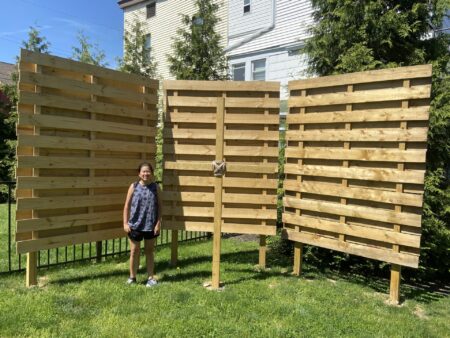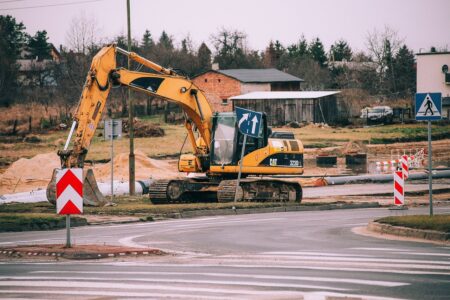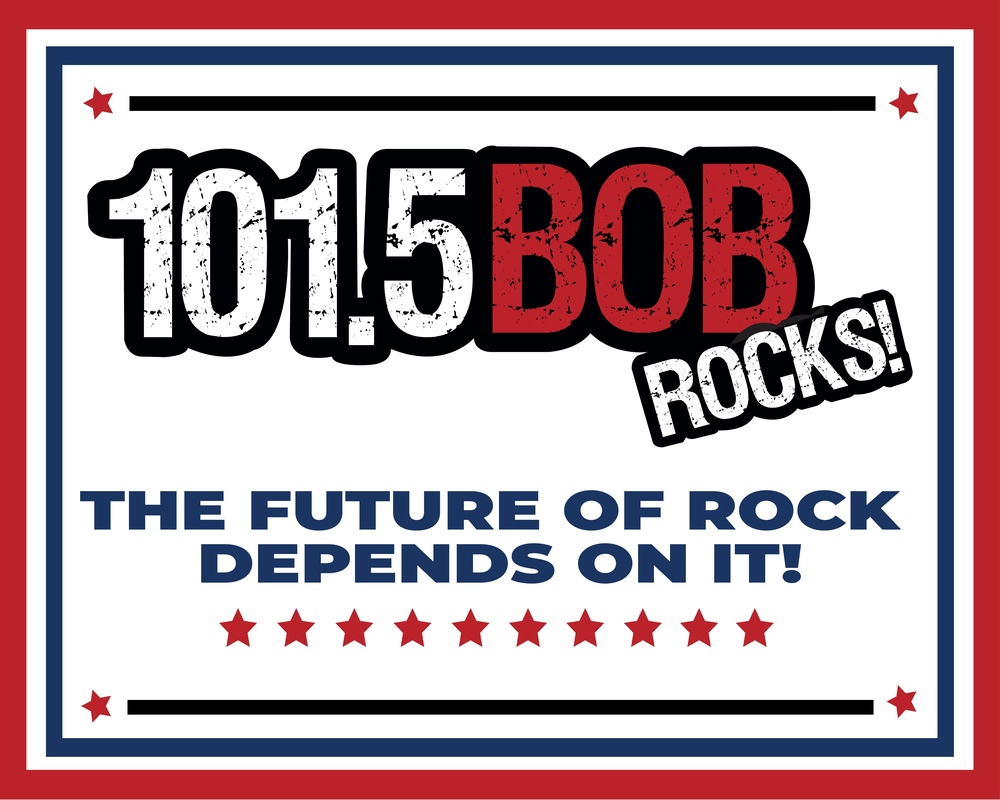Here we go again. Daylight Saving Time has arrived to torment some, and please others. This past Sunday clocks automatically sprung forward an hour (at least on smartphones) and we lost an hour of sleep. This annoyance was supposedly for humankind’s common good. But this yo-yo practice of messing with Father Time each spring and fall has created many odd rituals.
First, some might assume that once 2 am Sunday March 10th passed, the deed was done and life continues normally. Tell that to the circadian rhythms that control human sleep patterns. Millions of Americans awoke Monday morning to prepare for a new work week and asked themselves: “Why am I so tired?” That one hour time-change wreaks havoc on a body, and most take a week or two to reprogram their internal clocks.
Sleep deprivation gets most of the attention when we “spring forward”, but eating habits are also interrupted. During these transition periods, we constantly ask ourselves: “Why aren’t I hungry? Its mealtime, isn’t it?” Or sometimes we wonder the opposite during a different time of year: “I’m starved for lunch- but its only 10 am- what gives?” It’s simply the clock police messing with your stomach.
Why do we have Daylight Saving Time (no official “S” at the end of “Saving” with DST) anyway? According to some, our own Ben Franklin came up with the idea about the same time Franklin County PA was named in his honor. Others claim the tradition was started by some British Lord- and history shows the UK and other parts of Europe started DST before the USA.
America started practicing DST in 1918 under President Woodrow Wilson’s administration. The conventional wisdom was it saved energy and the “extra” daylight was good for human productivity. But the sun didn’t get the memo- since the time change doesn’t add any extra celestial daylight, it simply shifts it to evening on manmade clocks. To show how supportive American society was behind Wilson’s new law, it was repealed seven months later.
DST was brought back in FDR’s reign during WWII. Again, the same rationale was used, but not all states in the union honored DST. Dairy farmers were against it, since their cows declined abiding by the altered clock setting and farmer’s milking chores couldn’t wait. Until 2006, parts of rural Indiana refused to take part in the DST experiment. It wasn’t until LBJ’s presidency in 1966 that Federal Law finally spelled out how DST worked; at least for the short term.
At first, time changed in April to DST, and then switched back to standard time at the end of October. The helpful terms “Spring Forward” and “Fall Backward” were invented so Americans could remember which way their lives were being pulled at those respective times. In retrospect, it might have been wiser to time these changes with the actual seasonal beginnings, and alter clocks on the first day of Spring and Autumn. But that would have made too much sense.
Lately, DST has randomly shifted to early March, and Standard Time now resumes in early November. Who picked those fluctuating dates? Likely, an anonymous government official situated in a windowless basement office in Washington, DC- with multiple wall clocks telling current times in Helsinki and Osaka.
At the beginning, to ease confusion, the government should have termed the different seasonal times by more appropriate names. DST would be Artificial Time, or Fake Time, and standard time would be known as Real Time. As it stands in 2024, we’re living two-thirds of our year in Fake Time, and only one-third in Real Time.
For those in favor of DST as it stands today (supported by 40% of Americans, according to polling), there are benefits to this twice-yearly rodeo of clock shifting. First, energy savings are touted. But several studies have shown a shift to later daylight has only a tiny impact on cutting consumption. When Americans are awake, we are quite adept at consuming energy no matter if it’s light or dark outside.
A second DST benefit is safety. Crime is supposedly curtailed when criminals don’t have early darkness to use as a cloak for illegal activities. It seems naive to think law breakers are too lazy to adjust their schedules and commit crimes later in the evening. Meanwhile, when Spring DST begins, school kids are shuttling to school in darker morning hours than before, which is an important counter safety consideration.
Finally, who doesn’t enjoy more daylight after a stressful work day? Most would agree this is a welcome addition and a ritual passage into Spring. But the flipside is when that hour is abruptly snatched in Autumn, and the depressing result is the sun suddenly disappears long before we make it home from work.
Arizona and Hawaii (as well as some American territories) never adopted DST. Hawaii’s non-compliance is understandable- who needs to know the actual time in paradise? Arizona, what do you know that the rest of the country doesn’t? For some reason, the Federal Government allows these two permanent standard-time non-conformists to act as rogue territories, but now forbids any U.S. state from adopting permanent DST. That person making policy in that basement DC government office has a wicked sense of humor.
Still, up to 19 states have recently considered resolutions to permanently switch to one single time system. In March 2022, the U.S. Senate passed the “Sunshine Protection Act” a bill sponsored by Florida Senator Mario Rubio. This new law would establish permanent Daylight Saving Time in the USA, never returning again to Real Time. No more springing forward, no more falling back. Rubio’s side picked DST as their default time for eternity. Not everyone agrees.
Rubio’s bill was passed by a procedure called “Unanimous Consent”. This odd parliamentary law-making device means a vote is never taken to show who actually supports a bill, but is simply passed because no one objects to it. Later, some Senators backtracked and suggested they might have objected to Rubio’s law if they thought the bill would ultimately pass. Sounds like a brave plan for taking a policy stand on laws that affect the entire country.
The Senate doesn’t enact laws alone. The House of Representatives is also required to pass legislation, and the President must sign it into law. Two years later, Rubio’s approved Senate bill is frozen in a House committee, and has not come up for a vote. Maybe Congress needs additional time to debate DST and national time change. But this past Sunday, they again, by their own laws, shortened their consideration time.
For the future of American time-keeping, there are three camps. The first group is fine with the status quo and willing to be inconvenienced twice yearly; a perpetual merry-go-round of time travel. The second option is backed by progressive Rubio supporters, who want permanent DST. Finally, a third choice is the one advocated by citizens who admire Arizona and Hawaii, and want to ditch DST forever, and go back to days when time marched onward without human interference.
The final option seems to make the most sense. But please, Congress, make one choice this year that scuttles the constant back-and-forth changing clocks, and let us live a consistent daily life from season to season.

























